Growing turkey tail mushrooms at home is an rewarding way to produce your own medicinal fungi while enjoying a fascinating hobby. Turkey tail mushrooms (Trametes versicolor) are among the most researched medicinal mushrooms, prized for their immune-boosting properties and antioxidant benefits. Unlike culinary mushrooms, turkey tail is grown primarily for its health benefits rather than flavor.

This comprehensive guide will walk you through everything you need to know about cultivating turkey tail mushrooms, from choosing the right growing method to harvesting your first crop. Whether you're a beginner or experienced grower, you'll discover practical techniques for successful turkey tail cultivation.
Why Grow Turkey Tail Mushrooms at Home?
Turkey tail mushrooms offer compelling reasons to start your own cultivation project. These remarkable fungi contain powerful compounds like polysaccharopeptides (PSP) and polysaccharide-K (PSK), which have been extensively studied for their medicinal properties.
Health Benefits of Fresh Turkey Tail
Fresh turkey tail mushrooms provide superior potency compared to dried commercial products. When you grow your own, you control the entire process from cultivation to harvest, ensuring maximum beneficial compound retention. Studies suggest turkey tail can enhance immune function, support gut health as a prebiotic, and provide rich antioxidant properties through flavonoids and phenols.
Cost-Effective Medicine Production
A single investment in growing supplies can yield multiple harvests over several years. This makes home cultivation significantly more economical than purchasing commercial turkey tail supplements, especially for those using it regularly for health purposes.
For those interested in learning more about turkey tail's medicinal properties, our guide on turkey tail mushroom cultivation provides detailed information about the health benefits and preparation methods.
Essential Supplies for Growing Turkey Tail Mushrooms
Successfully growing turkey tail mushrooms requires specific materials and equipment. The supplies needed vary depending on your chosen cultivation method, but certain items are essential for all approaches.
Basic Equipment List
Your turkey tail growing setup requires several key components. You'll need hardwood logs (oak, maple, or beech work best), turkey tail spawn from reputable suppliers, and basic tools for log preparation. A drill with appropriate bits, food-grade wax for sealing, and a clean workspace are fundamental requirements.
Growing Medium Options
Turkey tail mushrooms thrive on various substrates. Fresh hardwood logs provide the most natural growing environment and longest production period. Alternatively, you can use hardwood sawdust, wood chips, or specialized growing blocks. Each substrate type offers different advantages in terms of colonization speed and yield potential.
Spawn Selection and Quality
Quality spawn is crucial for successful turkey tail cultivation. You can purchase grain spawn for fastest colonization, sawdust spawn for wood-loving species, or liquid culture for advanced growers. For beginners, ready-made spawn from established suppliers offers the best success rates before attempting to create your own.
Step-by-Step Turkey Tail Growing Methods
Turkey tail mushrooms can be grown using several proven methods, each with distinct advantages and requirements. Choose the approach that best fits your space, budget, and experience level.
Method 1: Log Cultivation (Traditional Approach)
Log cultivation mimics natural turkey tail growth patterns and provides the longest harvest period. Start by selecting fresh hardwood logs, preferably cut within 2-4 weeks and 4-6 inches in diameter. Drill holes in a diamond pattern, spacing them 6 inches apart along the log length.
Inoculate the holes with turkey tail spawn, then seal with food-grade wax to prevent contamination. Place logs in a shaded, humid location and maintain consistent moisture through regular misting. Colonization takes 8-12 months, but properly maintained logs can produce mushrooms for 3-5 years.
Method 2: Sawdust Substrate Growing
Sawdust substrate offers faster colonization and higher yields per volume compared to logs. Mix hardwood sawdust with wheat bran or rice bran (20-25% of total volume) and achieve 55-65% moisture content. Sterilize the substrate using pressure cooking or steam sterilization to eliminate competing microorganisms.
After cooling, inoculate with turkey tail spawn under sterile conditions. Pack the mixture into growing containers or bags, maintaining proper air exchange and humidity. This method typically produces mushrooms within 2-4 months of inoculation.
Method 3: Grow Kit Approach
For beginners, mushroom grow kits provide the easiest entry point into turkey tail cultivation. These kits include pre-colonized substrate and detailed instructions, eliminating the complex sterilization and inoculation processes.
Simply follow the kit instructions for misting and humidity maintenance. Most kits produce mushrooms within 2-3 weeks and can yield multiple flushes over several months. This approach is perfect for learning turkey tail growing basics before advancing to more complex methods.
Optimal Growing Conditions for Turkey Tail
Turkey tail mushrooms require specific environmental conditions to thrive. Understanding and maintaining these parameters is crucial for successful cultivation and maximum yields.
Temperature and Humidity Requirements
Turkey tail mushrooms prefer temperatures between 65-75°F (18-24°C) for optimal growth. Humidity levels should remain consistently high at 80-90% during the fruiting phase. Lower humidity during colonization (60-70%) helps prevent contamination while allowing proper mycelial development.
Air Circulation and Lighting
Proper air exchange prevents carbon dioxide buildup and reduces contamination risk. Turkey tail mushrooms need fresh air circulation but should be protected from direct drafts. Unlike some mushrooms, turkey tail doesn't require specific lighting conditions and can grow in low-light environments.
Substrate Maintenance
Maintaining substrate health is essential for continued production. Keep growing medium consistently moist but not waterlogged. Remove any contaminated areas immediately to prevent spread. Monitor for proper colonization patterns and adjust environmental conditions as needed.
Harvesting and Processing Your Turkey Tail Mushrooms
Proper harvesting and processing maximize the medicinal value of your home-grown turkey tail mushrooms. Timing and technique significantly impact the final product quality.
When to Harvest Turkey Tail
Turkey tail mushrooms are ready to harvest when they reach full size and display their characteristic banded appearance. The brackets should feel firm and leathery, not soft or spongy. Harvest before they become too tough or begin releasing spores, which can create a dusty appearance.
Harvesting Techniques
Use a sharp knife or clean scissors to cut turkey tail brackets at the base where they attach to the substrate. Avoid pulling or twisting, which can damage the mycelium and reduce future flushes. Harvest in dry conditions when possible to minimize moisture content.
Post-Harvest Processing
Fresh turkey tail mushrooms require immediate processing for optimal preservation. Clean off any debris or substrate particles, then proceed with your chosen preservation method. Options include immediate drying, freezing, or fresh preparation for tinctures and extracts.
For detailed information on processing your harvest, check our comprehensive guide on how to prepare turkey tail mushrooms, which covers various preparation methods for maximum health benefits.
Frequently Asked Questions
How long does it take to grow turkey tail mushrooms from start to harvest?
Turkey tail growing timelines vary by method. Log cultivation takes 8-12 months for first harvest, while sawdust substrate produces mushrooms in 2-4 months. Grow kits can yield results in 2-3 weeks since colonization is already complete.
Can turkey tail mushrooms be grown indoors year-round?
Yes, turkey tail mushrooms can be grown indoors throughout the year with proper environmental controls. Indoor cultivation allows consistent temperature and humidity management, often resulting in more predictable harvests than outdoor methods.
What's the difference between turkey tail and false turkey tail?
True turkey tail has white pores on the underside and displays distinct color bands, while false turkey tail lacks pores and shows more uniform coloration. For identification help, consult our turkey tail identification guide.
How many flushes can I expect from turkey tail cultivation?
Log cultivation can produce mushrooms for 3-5 years with proper maintenance. Sawdust substrate typically yields 2-4 flushes over 6-12 months. Grow kits usually produce 2-3 flushes within a few months of activation.
Do turkey tail mushrooms require special nutrients for growth?
Turkey tail mushrooms primarily need carbon sources from wood and benefit from nitrogen supplements like wheat bran. They don't require complex nutrients but do need proper substrate sterilization and pH balance for optimal growth.
Featured Snippet Summary
Turkey tail mushrooms can be grown at home using logs, sawdust substrate, or grow kits. The process requires hardwood materials, turkey tail spawn, and consistent humidity (80-90%). Log cultivation takes 8-12 months but produces for years, while substrate methods yield results in 2-4 months with multiple flushes.
Start Your Turkey Tail Growing Journey Today
Growing turkey tail mushrooms at home provides a sustainable source of powerful medicinal fungi while offering an engaging cultivation hobby. Whether you choose traditional log cultivation or modern substrate methods, success depends on maintaining proper conditions and using quality materials.
Ready to begin your turkey tail cultivation adventure? Start with a proven mushroom grow kit for beginners to learn the basics before advancing to more complex growing methods. With patience and proper technique, you'll be harvesting your own medicinal turkey tail mushrooms and enjoying the satisfaction of homegrown wellness. Take the first step today and discover why turkey tail cultivation is becoming increasingly popular among health-conscious growers worldwide.

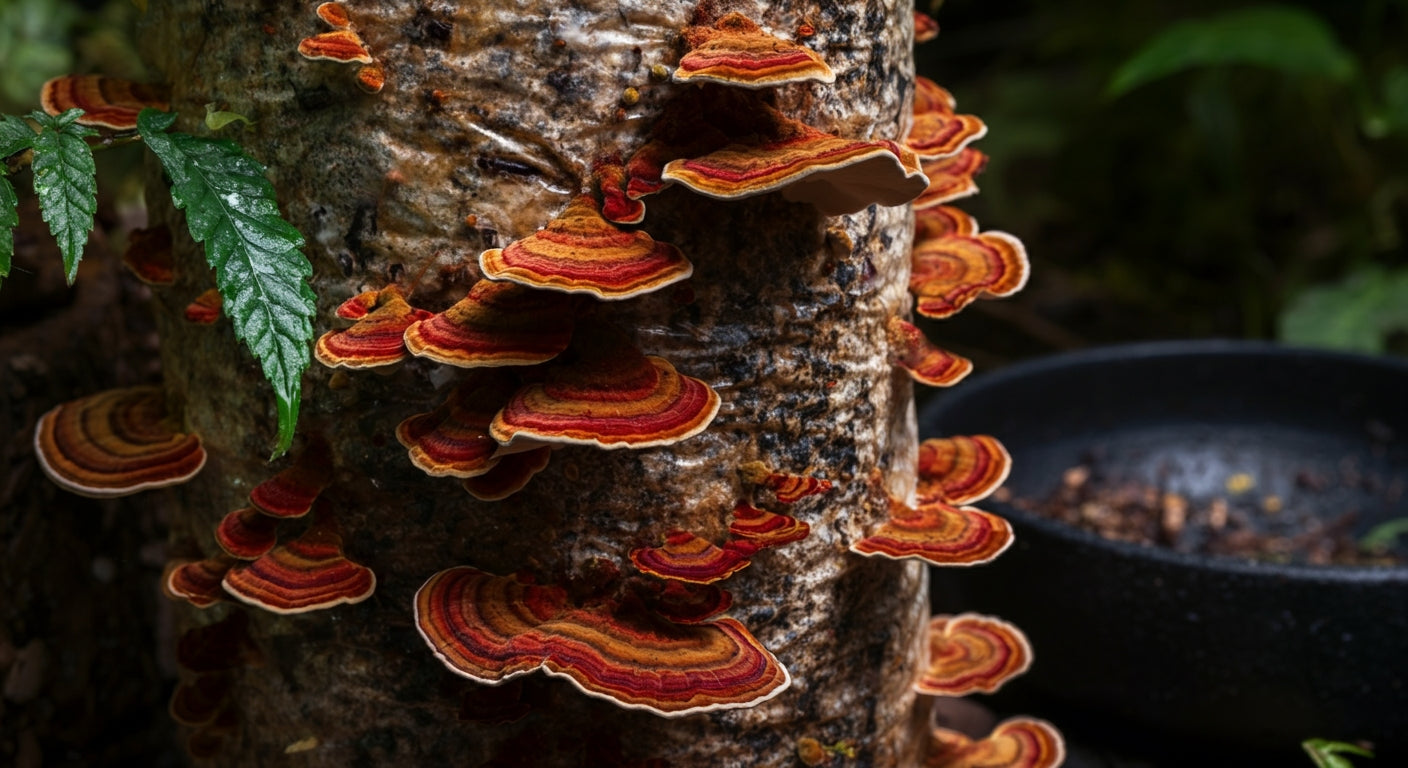
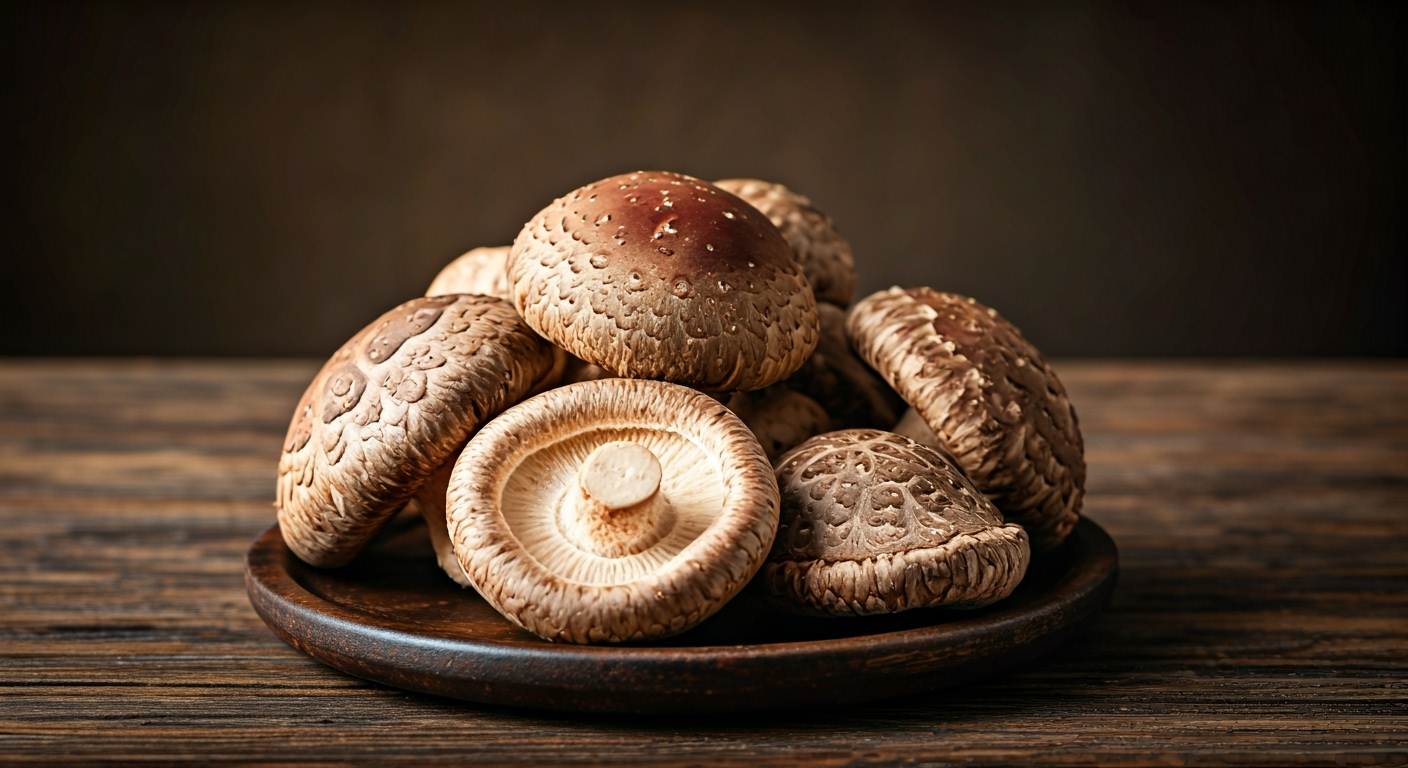
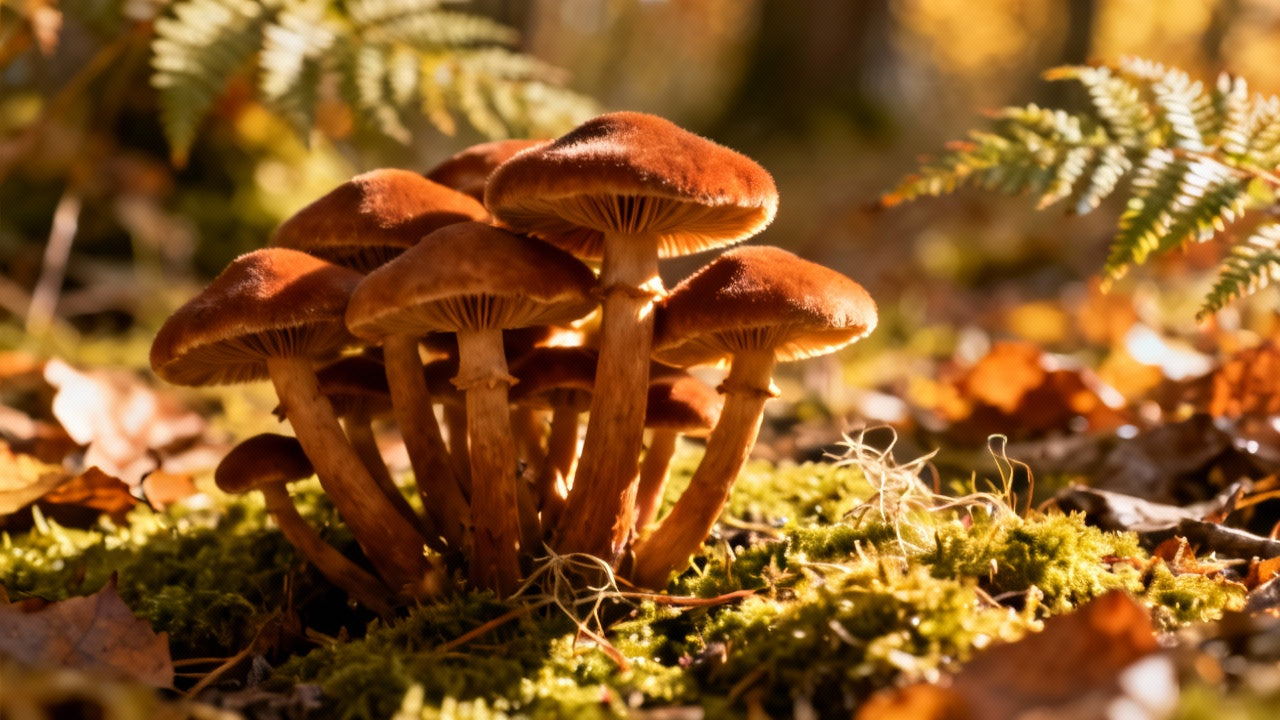
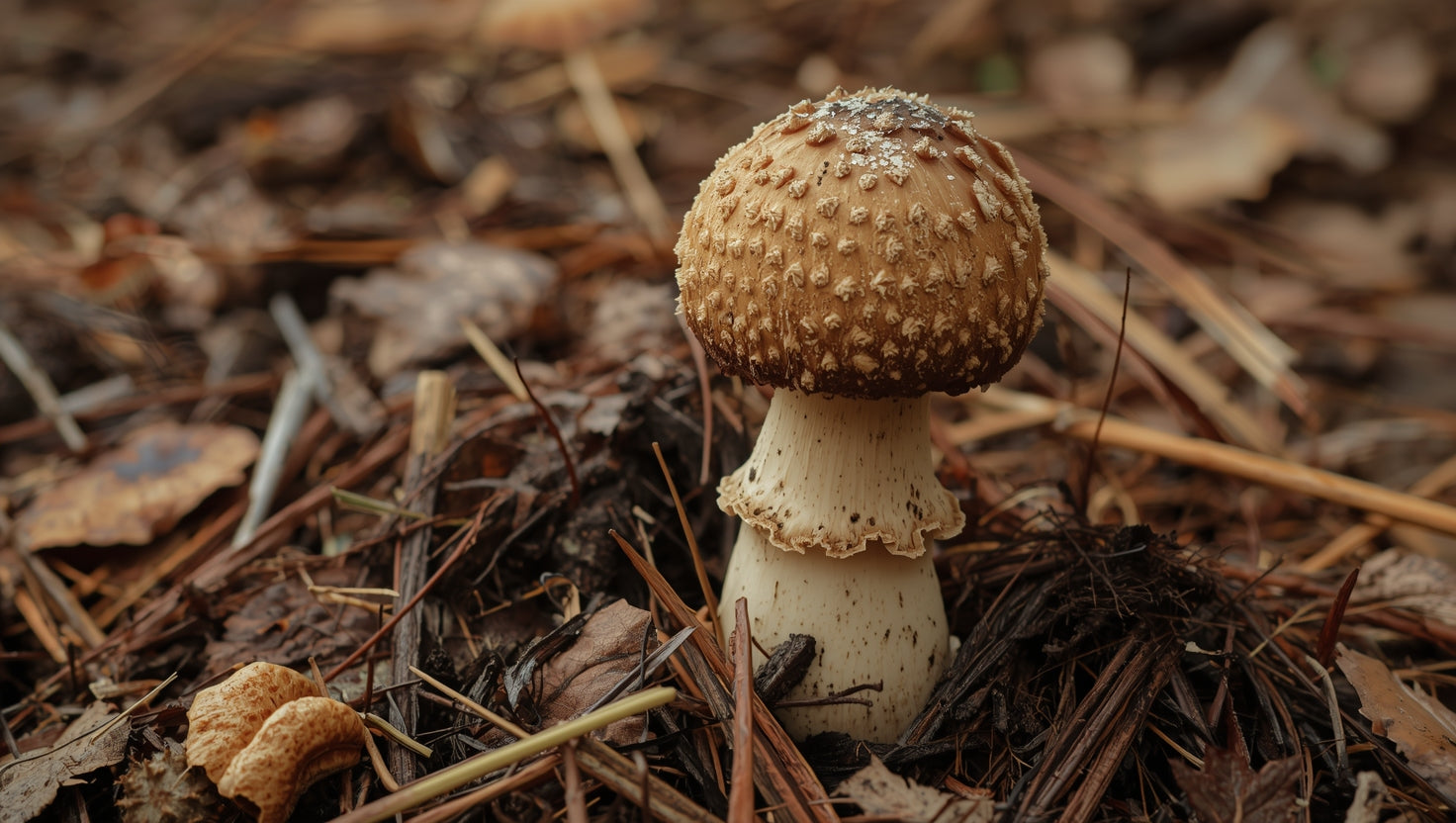
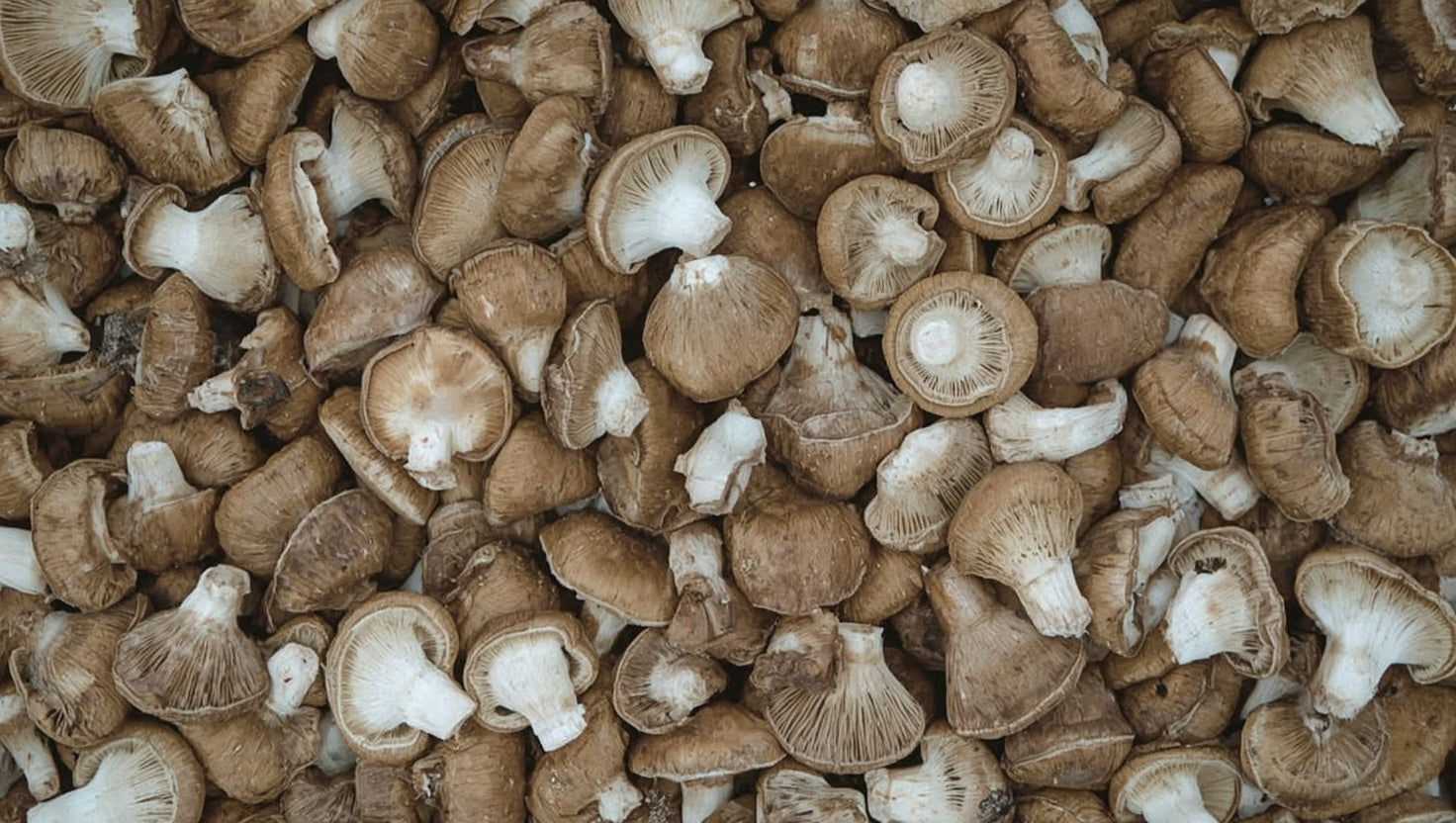
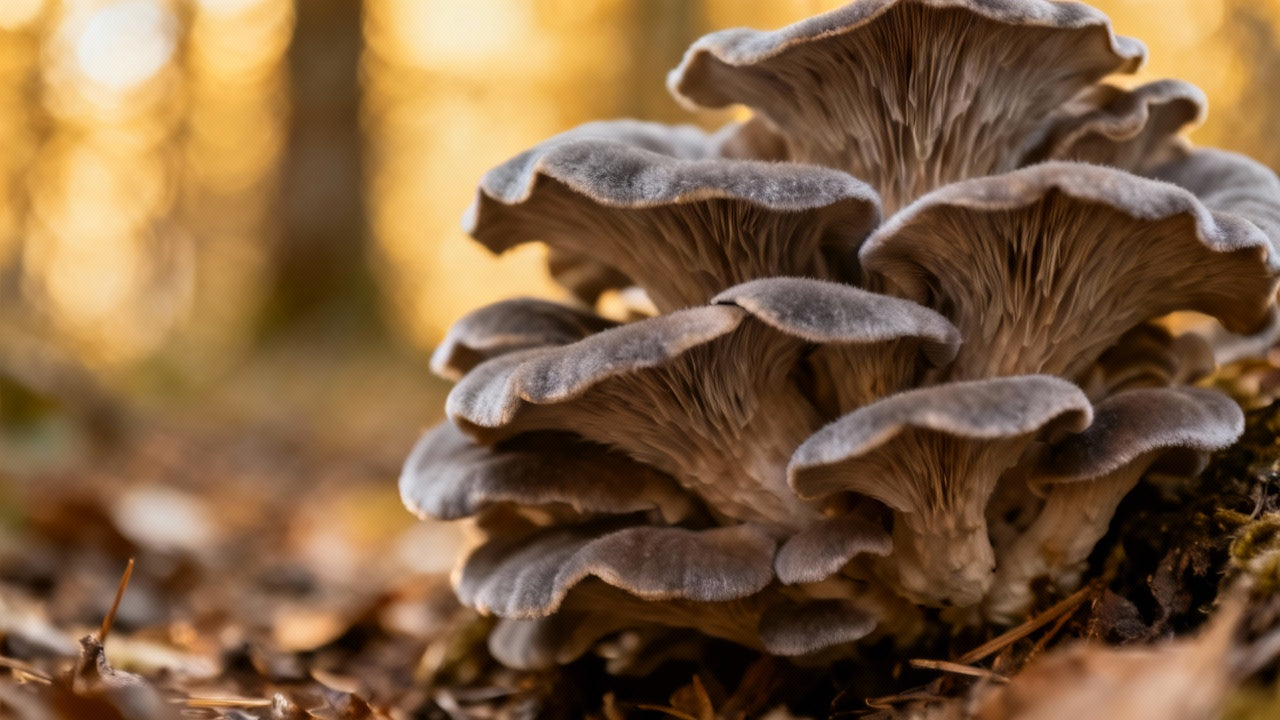

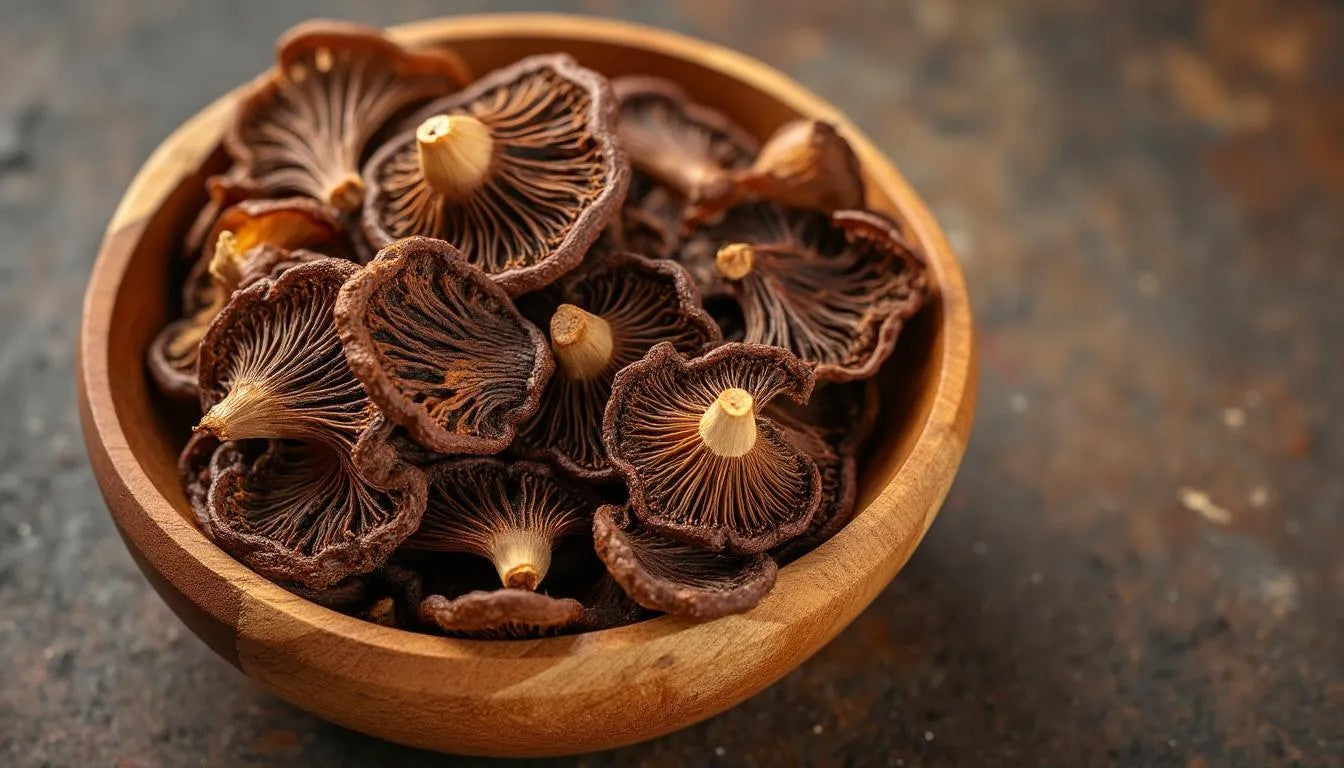
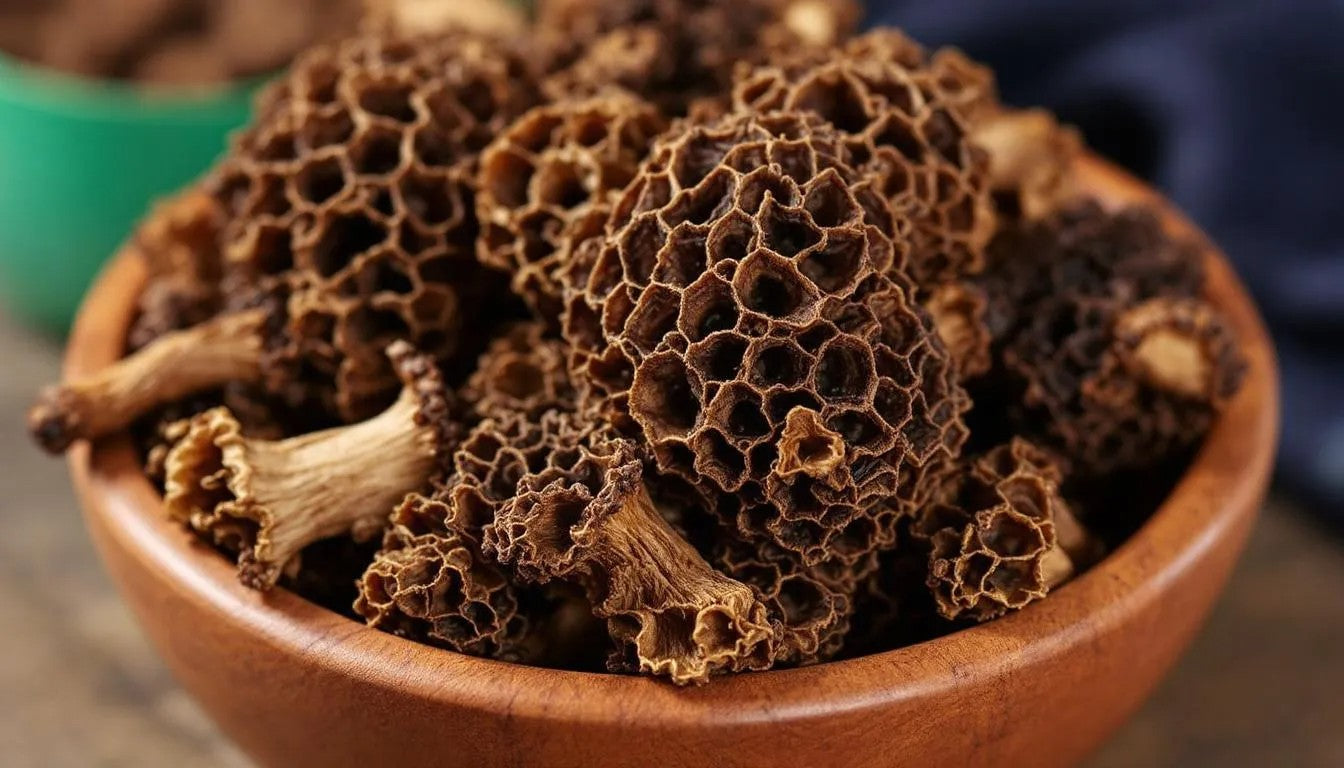
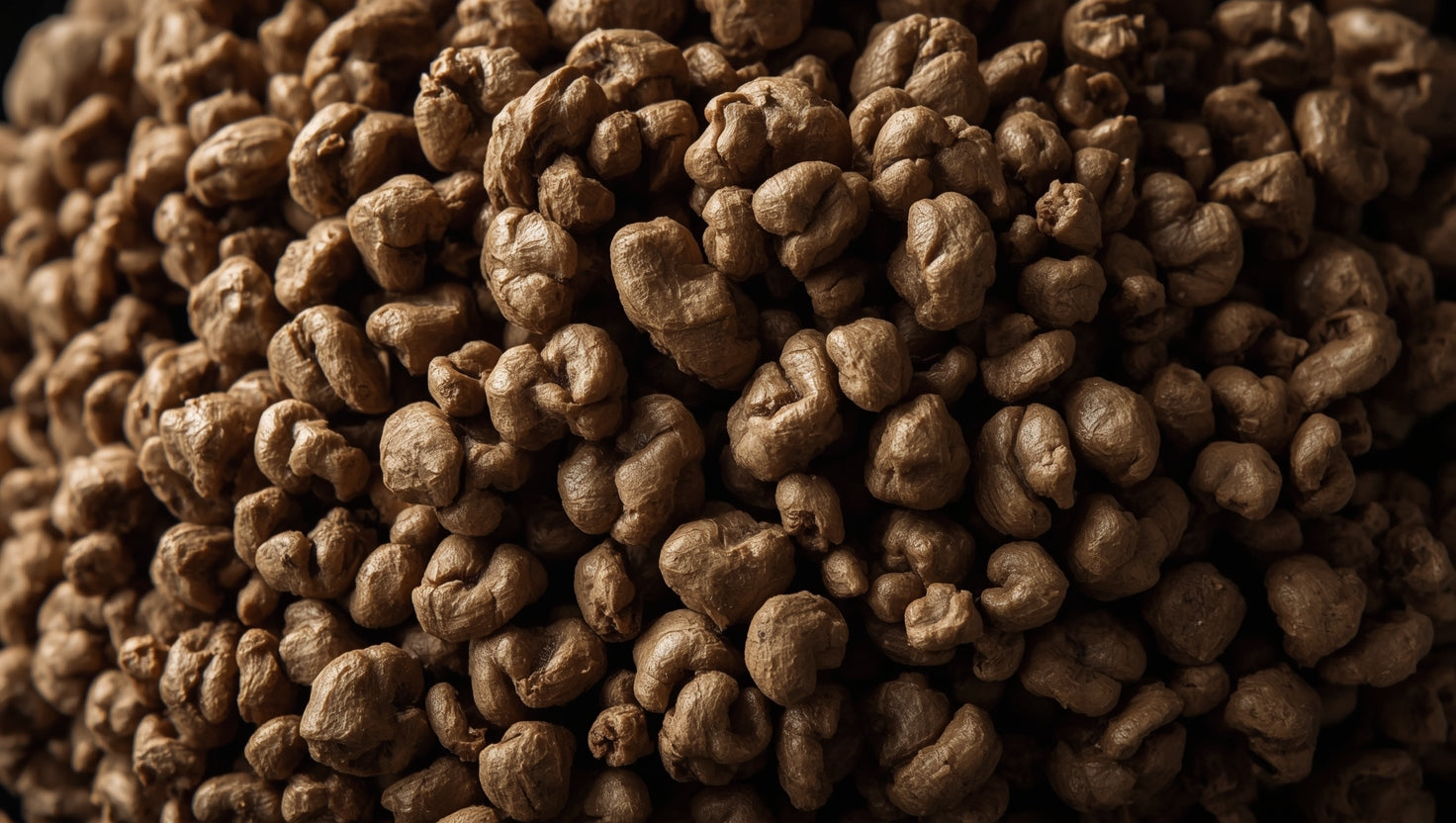
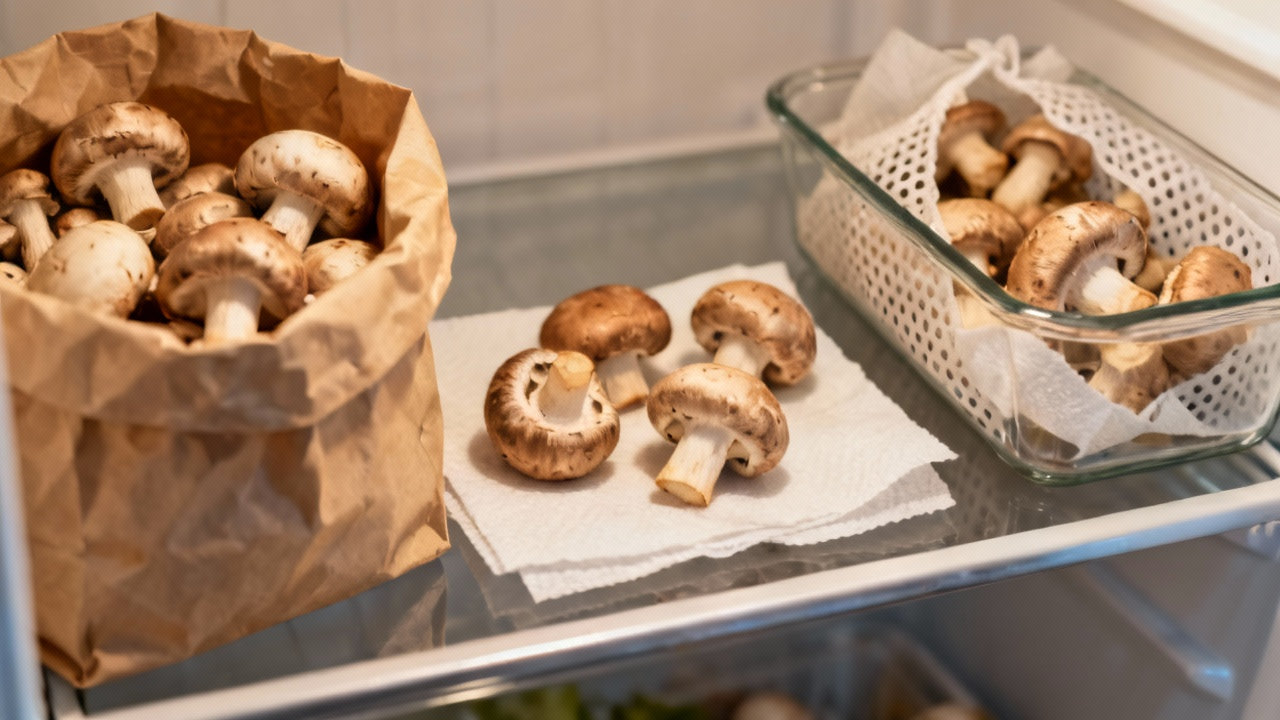
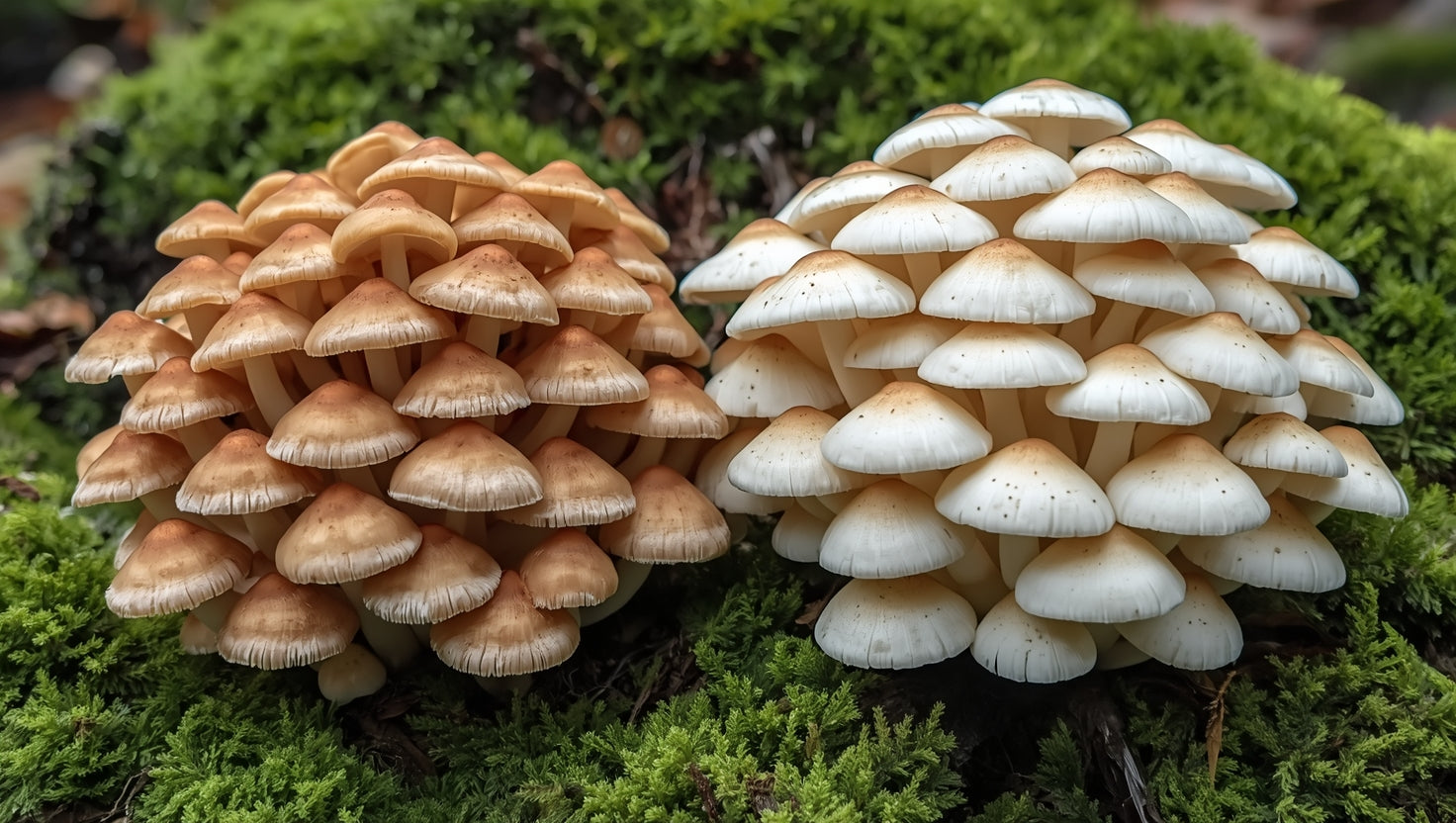
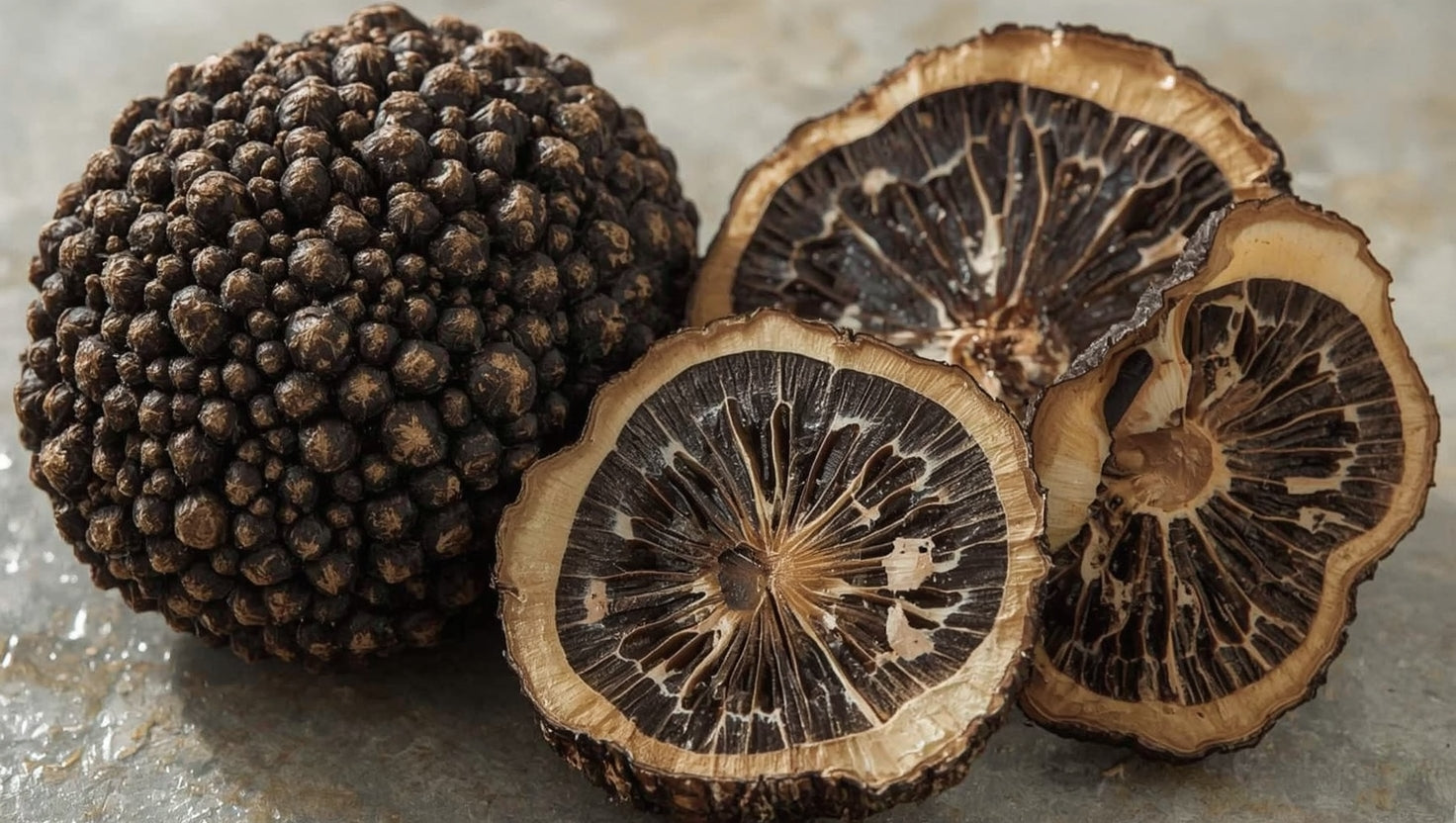
Share:
Do Mushrooms Grow on Trees? Your Complete Guide to Tree-Growing Mushrooms
Edible Mushrooms in NY: Your Complete Guide to New York's Wild Fungi